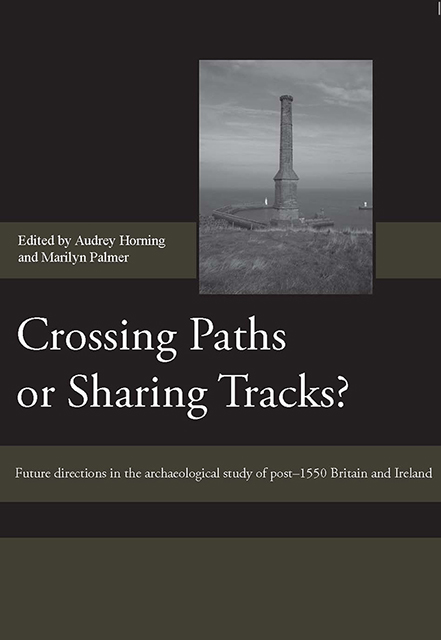 Crossing Paths or Sharing Tracks?
Crossing Paths or Sharing Tracks? Published online by Cambridge University Press: 07 March 2023
Historic Landscape Characterisation (HLC) has been undertaken in many counties across England, withsimilar programmes carried out in Wales and Scotland. Designed mainly as a management tool, it provides an historic dimension to landscape character assessment. It is frequently criticised by academic landscape archaeologists and historians and is seen as having no value for research purposes. This discussion addresses some of the criticisms and examines the use of HLC as a research tool in relation to recent work undertaken in Cumbria.
INTRODUCTION: HISTORIC LANDSCAPE ANALYSIS
Historic landscape characterisation (HLC) was devised during the 1990s as a tool to aid land management, by influencing spatial planning policy and informing planners in their decision making on individual applications. It provides an historic dimension to landscape character assessment, a methodology defined by the Countryside Commission in the 1980s to understand the landscape holistically. HLC also takes an holistic approach and recognises that all landscape has an historical character, but unlike landscape character assessment, it concentrates on the cultural nature of landscape and does not accord equal weight to the natural elements. There have been a number of recent reviews of the application and process of HLC, and it is not the intention here to repeat these commentaries in detail. In summary, however, English Heritage's own review of the uses of HLC sees it entirely in terms of its potential for land management. Steve Rippon noted, in his review of historic landscape analysis, that it is both a study of the origin and historical development of an area of landscape, and a description of historic landscape character to inform planners and landscape managers, therefore also seeing HLC largely as a planning tool. More recently, however, Rippon has examined the research potential of historic landscape characterisation in one of a series of papers originally given at a Theoretical Archaeology Group (TAG) conference, which includes papers bothsupporting and criticising historic landscape characterisation.
A number of university-based landscape archaeologists and historians have criticised the HLC approach as lacking in time depth as well as intellectual rigour and relevance. One of the issues is the late date of the baseline data, usually the First Edition six inch to one mile Ordnance Survey maps. Some of the criticisms are valid, but some are based on a misunderstanding of the nature and purpose of HLC.
To save this book to your Kindle, first ensure [email protected] is added to your Approved Personal Document E-mail List under your Personal Document Settings on the Manage Your Content and Devices page of your Amazon account. Then enter the ‘name’ part of your Kindle email address below. Find out more about saving to your Kindle.
Note you can select to save to either the @free.kindle.com or @kindle.com variations. ‘@free.kindle.com’ emails are free but can only be saved to your device when it is connected to wi-fi. ‘@kindle.com’ emails can be delivered even when you are not connected to wi-fi, but note that service fees apply.
Find out more about the Kindle Personal Document Service.
To save content items to your account, please confirm that you agree to abide by our usage policies. If this is the first time you use this feature, you will be asked to authorise Cambridge Core to connect with your account. Find out more about saving content to Dropbox.
To save content items to your account, please confirm that you agree to abide by our usage policies. If this is the first time you use this feature, you will be asked to authorise Cambridge Core to connect with your account. Find out more about saving content to Google Drive.